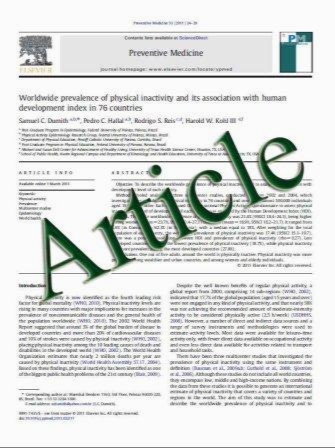Comparison of Hypertonic Saline and Mannitol on Whole Blood Coagulation In Vitro Assessed by Thromboelastometry
- نوع فایل : کتاب
- زبان : انگلیسی
- مؤلف : Teemu Luostarinen • Tomohisa Niiya • Alexey Schramko • Per Rosenberg • Tomi Niemi
- چاپ و سال / کشور: 2011
Description
Background Hypertonic saline (HS) is an alternative to mannitol for decreasing intracranial pressure in traumatic brain injury and before craniotomy. Both HS and mannitol may interfere with blood coagulation but their influence on coagulation has not been compared in controlled situations. Therefore, we evaluated different strengths of HS and 15% mannitol on blood coagulation in vitro. Methods Citrated fresh whole blood, withdrawn from 10 volunteers, was diluted with 0.9%, 2.5%, or 3.5% HS or 15% mannitol to make 10 vol.% and 20 vol.% hemodilution in vitro. The diluted blood and undiluted control samples were analyzed with thromboelastometry (ROTEM ) using two activators, tissue thromboplastin without (ExTEM) or with cytochalasin (FibTEM). Results In the FibTEM analysis, maximum clot firmness (MCF) was stronger in the 2.5% HS group than in the mannitol group after both dilutions (P < 0.05). In the ExTEM analysis, clot formation time (CFT) was more delayed in the mannitol group than in the 0.9%, 2.5%, or 3.5% HS groups in 20 vol.% hemodilution (P < 0.05). MCF was weaker in the mannitol group than in the other groups after 20 vol.% dilution (P < 0.05). MCF was also weaker in the 3.5% than in the 0.9% saline group after 20 vol.% dilution (P < 0.05). Conclusions Blood coagulation is disturbed more by 15% mannitol than by equiosmolar 2.5% saline. This disturbance seems to be attributed to overall clot formation and strength but also to pure fibrin clot firmness. This saline solution might be more favorable than mannitol before craniotomy in patients with a high risk of bleeding
Neurocrit Care (2011) 14:238–243 DOI 10.1007/s12028-010-9475-6 Published online: 14 December 2010


